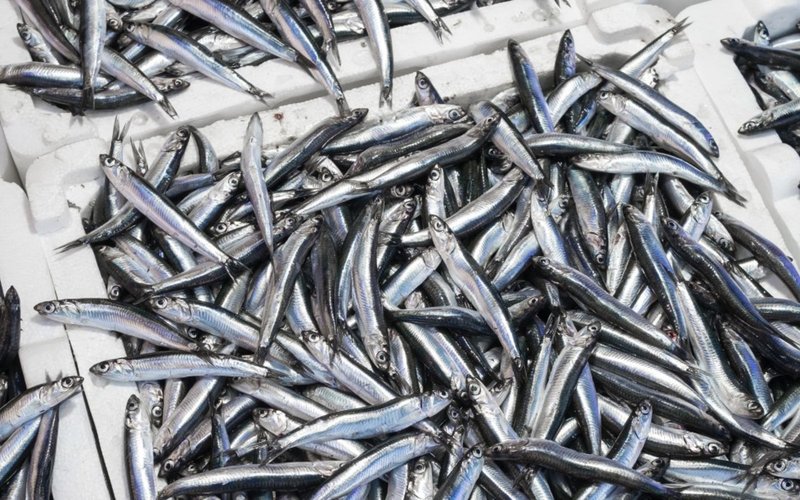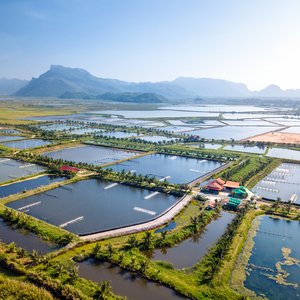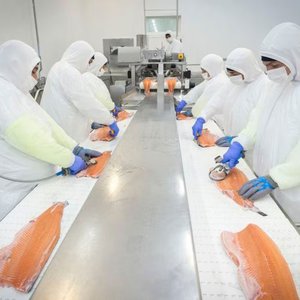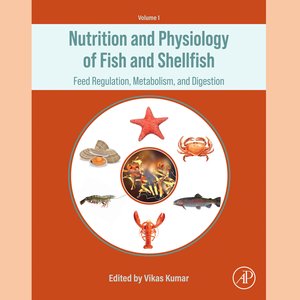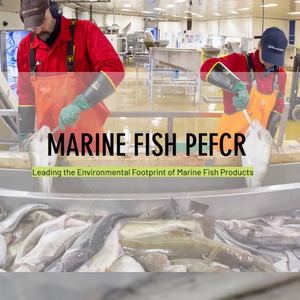The European Market Observatory for Fisheries and Aquaculture Products (EUMOFA) has just released its latest report on the fishmeal and fish oil sectors derived from forage fisheries in the European Union (EU), titled Fishmeal and Fish Oil: Production and Trade Flows in the EU.
Global production of fishmeal and fish oil has remained relatively stable over the past decade, averaging around 5.1 million metric tons of fishmeal and approximately 1.2 million metric tons of fish oil annually, according to the report. Of this, the EU produces between 370,000 and 520,000 metric tons of fishmeal and between 90,000 and 140,000 metric tons of fish oil, accounting for 812% of global production each year.
EU production is based primarily on high-quality landings of small, oily, short-lived species such as blue whiting, capelin, sandeel, Norway pout, and sprat, as well as trimmings from the fish processing sector. Denmark is by far the largest producer in the EU, accounting for between 35% and 50% of total EU output. Production volumes are limited by fishing quotas and the prioritization of fish for human consumption, with raw material availability varying year to year.
Prices for European fishmeal and fish oil largely track global trends, which are heavily influenced by production in South America, particularly Peru and Chile. Over the past 12 years, average prices for European fish oil (Oil World Price) have increased by 117%, while fishmeal prices have seen a modest 3% increase (adjusted for inflation).
EU consumption of fishmeal declined by about 27% from 2010 to 2024, reaching around 460,000 metric tons. Fishmeal imports into the EU fell by 41% from 2014 to 2024. Although the gap between imports and exports fluctuates annually based on domestic production, the EU remains a net importer. Imports from Peru dropped by nearly 93% during this period, totaling just 9,500 metric tons in 2024. Peru’s share of EU fishmeal imports shrank from 41% to just 5%. Morocco, Norway, and South Africa were the top fishmeal suppliers to the EU in 2024.
EU fish oil imports decreased by 28% to 144,000 metric tons between 2014 and 2024, while exports fell by 6% to 137,000 metric tons. Norwegian and UK markets remain the primary destinations for EU fish oil exports. In 2024, 77% of EU fish oil exports went to Norway and 15% to the UK. Fishmeal exports from the EU declined by 33% from 2014 to 2024, while fish oil exports declined by 6%.
Fishmeal use
Global sectoral use of fishmeal remained steady for many years but has shifted in the past 4–5 years, with a growing share going to aquaculture. In 2009, aquaculture used 63% of global fishmeal. This share stabilized at around 70% from 2010 to 2017 but rose significantly in subsequent years, reaching 92% in 2023.
In 2023, approximately:
- 23% of aquaculture-used fishmeal fed crustaceans
- 20% fed marine fish
- 18% fed freshwater species
- 16% fed salmon and trout
- The remainder fed species, such as tilapia, cyprinids, and eels
Most aquaculture fishmeal consumption occurs in Asia. In 2023:
- 43% was used in China
- 26% in other Asian countries
- 12% in Latin America
- 11% in Europe
- 5% in the Middle East
Use in pig feed dropped from 25% in 2009 to 3% in 2023, making pigs the third-largest consumers of fishmeal. Poultry feed accounted for just 1% in 2023. Around 5% of global fishmeal use went to other sectors.
“Rising competition between aquaculture and livestock industries for limited fishmeal supplies is pushing the aquaculture sector to improve feed efficiency. As aquaculture expands, fishmeal usage is expected to continue growing. However, only high-value, feed-efficient aquaculture will remain viable amid rising feed costs,” the report stated.
Fishmeal and fish oil production has remained stable or slightly increased due to better utilization of byproducts and investments in new raw material sources like algae, krill, and insects.
Fish oil use
Fish oil is primarily used in aquaculture, especially for carnivorous fish like salmonids and marine species. Its direct use in human food and dietary supplements is also growing. Other applications include pesticide carriers, paints, and leather processing. The nutraceutical sector has seen fish oil demand increase by an average of 10% annually over the past decade.
Despite decreasing fish oil inclusion rates in feed, limited fish oil volumes have not hindered aquaculture growth. In 2009, aquaculture used 81% of global fish oil (around 830,000 metric tons). By 2023, that share was 63%, accounting for roughly 820,000 metric tons.
In 2023, within aquaculture:
- 54% of fish oil went to feed salmon and trout
- 24% to marine fish
- 15% to crustaceans
- 6% to other species
Regional fish oil consumption in aquaculture (2023):
- 37% in Europe
- 18% in Latin America
- 15% in China
- 12% in other Asian countries
- 11% in the Middle East
“Marine farmed fish require omega-3 fatty acids (EPA and DHA), and fish oil remains the only economically viable source in feeds. Ensuring omega-3 intake is essential for producing farmed fish with nutritional profiles similar to wild fish. Expanding access to these nutrients is key to aquaculture growth, making alternative oil sources of great interest for both feed and human consumption markets,” the report said.
Outlook
Fishmeal and fish oil production is expected to grow moderately, driven by improved byproduct utilization and the development of alternative raw materials. The expanding aquaculture industry will be the main growth driver. By 2033, aquaculture is projected to produce 112 million metric tons and account for approximately 55% of global fish production.
If all fish byproducts were fully utilized worldwide, production could yield:
- 1.44 to 2 million metric tons of fishmeal
- 400,000 to 800,000 metric tons of fish oil
On average, one ton of byproducts can produce 180 to 250 kg of fishmeal and 50 to 100 kg of fish oil. The remaining 65% to 77% consists of water, non-usable solids, or secondary byproducts, which can be used in other sectors such as fertilizers or energy.
While the proportion of global fisheries reduced to fishmeal and fish oil is expected to remain stable over the next decade, total production is projected to grow:
- Fishmeal by 15% to 6.0 million metric tons
- Fish oil by 17% to 1.7 million metric tons
This growth will largely come from increased processing of fish waste.
“Many factors can influence the evolution and dynamics of global fishmeal and fish oil production, consumption, and markets,” the report concludes. “These include external factors like climate and environmental conditions, fisheries management, and trade policies.”
Download the report here.


